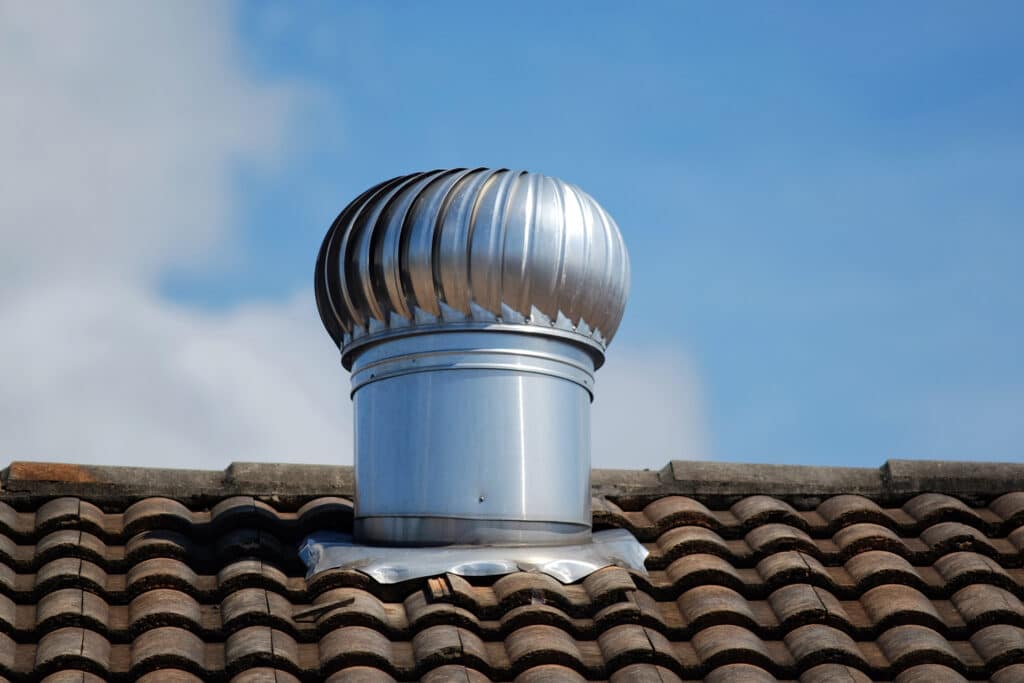In Central Florida’s hot and humid climate, maintaining a comfortable and energy-efficient home requires considerable effort when battling the elements. One often overlooked yet crucial aspect in achieving this is proper roof ventilation. A well-ventilated roof plays a critical role in maintaining the structural integrity and overall health of your property while enhancing energy efficiency and indoor comfort. In this comprehensive guide, we will explore the importance of roof ventilation, its benefits, and how the correct balance of intake and exhaust vents can promote the longevity and performance of your roofing system.
As professionals specializing in residential and commercial roofing, our goal is to help Central Florida homeowners make informed decisions about their properties and provide valuable insights into various aspects of roofing maintenance and care. We will discuss the science behind roof ventilation, highlighting its crucial function in moderating indoor temperature and moisture levels, preventing mould growth and wood rot, and extending the life of your roofing materials. In addition, we will outline essential steps toward establishing an effective roof ventilation system that suits your home’s unique specifications, ensuring your property’s durability and comfort throughout the year.
The Science Behind Roof Ventilation
Roof ventilation works by providing a continuous flow of air between the roof’s intake and exhaust vents, effectively circulating fresh air throughout the attic space and maintaining a balanced internal atmosphere. This balance plays a pivotal role in addressing two key concerns in Central Florida: heat and humidity. Optimal roof ventilation can:
1. Lower attic temperatures: By facilitating the proper exchange of hot air and allowing it to escape through exhaust vents, your roof maintains a cooler attic space, reducing the burden on your cooling system during hot summer months.
2. Manage moisture: Roof vents help prevent the buildup of moisture and condensation by allowing moist air to escape, keeping your attic space dry and decreasing the risk of mold growth and wood rot.
Benefits of Proper Roof Ventilation
A well-ventilated roof offers numerous advantages to homeowners in Central Florida, from energy efficiency and structural durability to improved indoor comfort and air quality. Some notable benefits include:
1. Energy savings: Proper roof ventilation can translate into lower energy bills, as a cooler attic space puts less strain on your air conditioning system and reduces the need for continuous cooling efforts during hot weather.
2. Enhanced indoor climate: By moderating temperatures and moisture levels in the attic, roof ventilation can contribute to improved indoor comfort and air quality throughout your home.
3. Prolonged roofing lifespan: Effective ventilation can extend the life of your roofing materials by preventing excessive heat buildup and moisture damage, ultimately saving you expensive repair or replacement costs.
Balancing Intake and Exhaust: The Key Components
To facilitate a well-functioning roof ventilation system, it is essential to strike a balance between intake and exhaust vents. Two primary types of roof vents contribute to this balance:
1. Intake vents: These vents are typically located along the eaves, soffits, or at the base of your roof, allowing fresh outdoor air to enter the attic space.
2. Exhaust vents: Positioned near the ridge or peak of the roof, exhaust vents expel warm, moist air from the attic, contributing to proper air circulation.
By combining the appropriate number and placement of these vents, homeowners can establish an effective and efficient roof ventilation system that meets their property’s unique needs.
Choosing the Right Ventilation System for Your Home
Numerous factors influence the choice of a suitable roof ventilation system, such as the roof’s design, size, and slope. Some popular options for intake and exhaust vents include:
1. Soffit vents: Commonly used for intake, soffit vents are installed along the roof eaves, promoting the entry of fresh outdoor air into the attic.
2. Ridge vents: Ideal for exhaust, ridge vents run along the roof’s peak, allowing warm, moist air to escape and preventing excessive heat buildup in the attic.
3. Gable vents: Positioned on the exterior walls of the gable ends, gable vents can serve as both intake and exhaust vents, depending on the layout of your roof and attic space.
Working with an experienced roofing professional can help determine the most suitable ventilation system tailored to your home’s specifications and requirements.
Conclusion
Proper roof ventilation is essential in preserving your Central Florida home’s comfort, energy efficiency, and structural integrity. By understanding the science behind roof ventilation and its benefits, homeowners can make informed decisions about the most effective ventilation solutions for their properties. Obtaining the right balance of intake and exhaust vents and selecting the most suitable ventilation system are vital steps toward a long-lasting and well-performing roof.
Our team of Central Florida roofing specialists at Silverstone Roofing is ready to help you evaluate your home’s roof ventilation needs and recommend the most effective solutions for your unique circumstances. Contact us today to discuss your roofing and ventilation requirements, and together, we can work toward a cooler, drier, and more comfortable home for you and your family.


